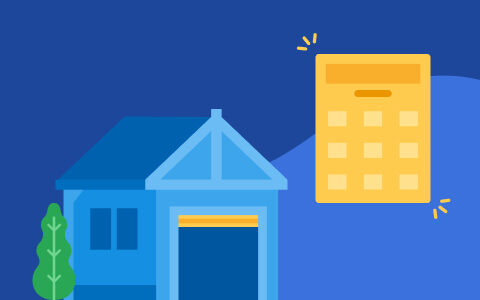Risk-based pricing
Natural disasters don't happen every day, but it helps to understand your property's natural hazard risk and how this affects your insurance.
Every home has its own natural hazard risks
Some of the things we consider when assessing these risks include where you live, how likely natural hazards are, the type of property you have, and potential damage. Your property's natural hazard risks form part—but not all—of your premium.
What is risk-based pricing?
We look at your property when we assess certain natural hazard risks (earthquake, flood, sea surge or landslide), as opposed to using general averages. This way, you're only paying for the risk that applies to your home, not the home of someone else down the road.*
We call this risk-based pricing—a fairer way to price insurance.
We also go a step further and give you risk ratings, a way to show how some natural hazards could impact your property.**
How do risk ratings work?
We use data from many sources to work out how an earthquake, flood, sea surge, or landslide could affect your property, and produce simple ratings to help you understand each risk.** Here's an overview.
Could an earthquake cause damage?
We use advanced data to look at past and potential seismic events, as well as scientific information from local agencies. We can then identify homes at greater risk from potential ground-movement and estimate damage that might occur at your place.* Modelling by Moody's
Could your property flood from heavy rain?
Robust technology helps us measure the potential risks of damage at your address from river-related and rainfall-related flooding during a weather event.* This doesn't include coastal flooding or flooding as a result of rising sea levels. Modelling by Moody's
Is your property near a cliff or a hill?
A landslide is when earth, rock, or debris moves down a slope. This can damage buildings on the slope or in the path below. Using geospatial hazard data, we assess landslide risk at your property by looking at how likely a slope is to fail and where the debris might fall and cause damage. We also look at things like how steep the land is, what the ground's made of, and the likelihood of heavy rain or earth tremors that could trigger a landslide. Modelling by Swiss Re
Could unusual tides cause trouble?
A sea surge happens when strong storms push seawater inland, raising tidal heights above normal levels. This might be more of a risk for low-lying coastal areas, especially during heavy rain or strong onshore winds. Risk is modelled by looking at many factors, including storm strength, coastline shape and the sea floor. Also, if a surge happens during a full or new moon (when tides are naturally higher), the flooding can be worse. Modelling by Haskoning

Things to know
Risks are calculated for the main building on your property and may be different for outbuildings like garages.* These will still be included in your policy.
- Trade Me Insurance risk ratings can be different to what your council LIM or property file shows, as our advanced data modelling may be different.
- If we agree to insure you, you'll be covered under the terms of your policy and your Certificate of Insurance no matter what your property's risk ratings are.
Check your risk ratings now
Anyone can see a property's risk ratings by getting a house or landlord quote, whether you're a Trade Me Insurance customer or not.**
Your property may face natural hazard risks, even if it hasn't in the past. If you feel the risk ratings for your property aren't quite right or you've made some alterations to manage some risks, let us know.

Risk ratings FAQs
Your annual premium can go up and down due to many factors, not just natural hazard risks. Learn about what makes up your premium and why it can change, for the full picture.
Because there are multiple factors affecting premiums, your risk ratings might not always align with your premium.
Also, even if the earthquake and landslide risks are high, the premium for these hazards might still be low due to how the Natural Hazards Insurance (NHI) levy systems works.
We calculate annual premiums close to renewal date and send the details about a month in advance—so there's plenty of time to review it.
Once you have received your renewal notice, you'll also be able to see your new risk ratings in My Insurance.
If you have questions, we're here to help.
In some cases, we may not be able to cover a property. To find out if yours is eligible, get a house policy quote and enter your address.
If you feel these quote results aren't right or you've made alterations to manage some risks, let us know.
We want to cover as many Kiwi homes as we can, making sure each and every customer pays a fair premium specific to their home.*
*If no risk data exists for one of the above hazards at your specific address, community-level data is used to calculate your premium instead.
**Note that if no risk data exists for one of the hazards at your specific address, your risk rating will display 'unknown'.
